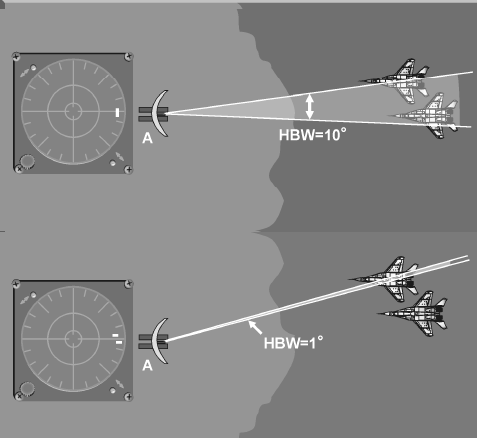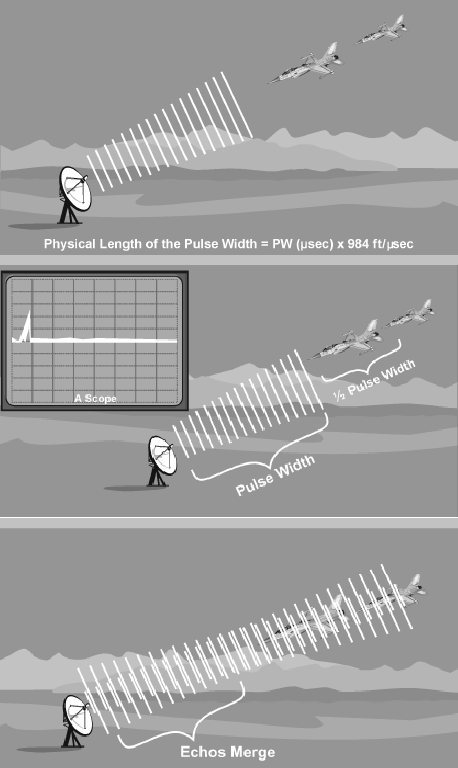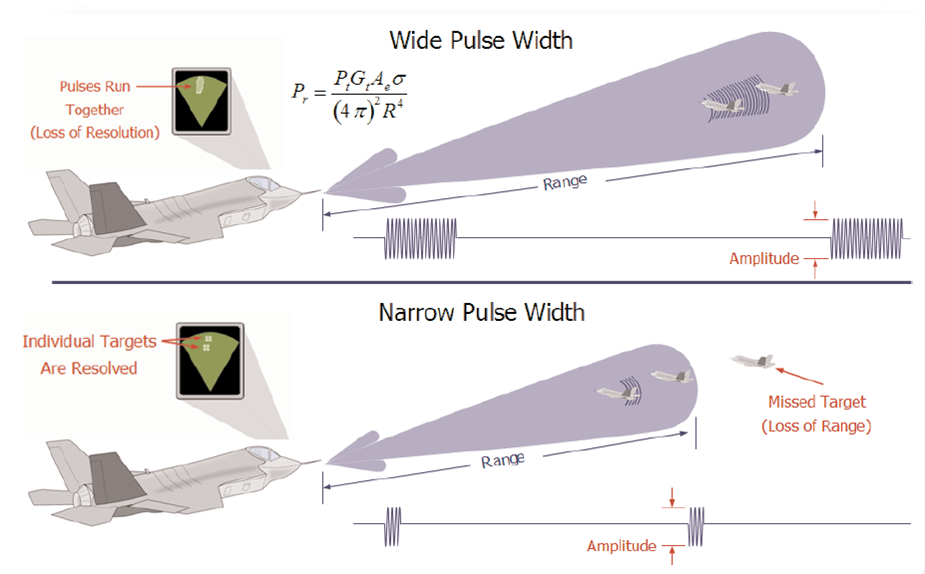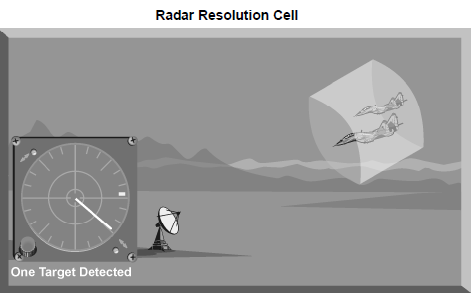So, what your also saying is the F-35 wouldnt know if a radar or decoy emitter is luring airborne EW systems as well?
Kolchuga passive sensor - Wikipedia
"Target identification[edit]
Kolchuga is able to detect and identify many types of radio devices mounted on ground, airborne, or marine objects. Target detection relies only on an emitter having sufficient power and being within Kolchuga's frequency range. Target identification, however, is more complex and is based on the measurement of different parameters of the transmitted signal—such as its frequency, bandwidth, pulse width, pulse repetition interval, etc. Kolchuga has been reported to use around forty different parameters when identifying a target. These parameters are compared to a database in order to identify both the type of emitter and, in some cases, even the specific piece of equipment (by identifying the unique signature or "fingerprint" that most transmitters have, due to the variations and tolerances in individual components). The database within Kolchuga is said to have the capacity to store around three hundred different types of emitter and up to five hundred specific signatures for each type."
what do they mean by target identification by monitoring waves? For some reason they are saying they can detect and identify which equipment is ship or aircraft? So they must be out of their minds?
All ELINT system, whether it is Kolchuga or Vera or ASQ-239 or ALQ-218, ASQ-213 all identify and classify their target in very similar fashion.
They based on characteristic like frequency, pulse width, bandwidth, PRF, and scan interval. Let me explain what that mean. Let say you have a Nebo-UM and a 91N6 radar right next to each other. Even though they can both emit radio wave, the Nebo-UM operate in VHF/UHF frequency while 91N6 operate in S-band. Furthermore, Nebo-UM is an early warning radar so it will primary use long pulse width and high PRF in order to increase the detection range. Whereas 91N6 is also a tracking radar so it will use shorter pulse width to improve range resolution and also medium PRF to avoid range ambiguity. In other word, every radar have their own purpose and therefore they will use a certain range of frequency/bandwidth/pulse width/scan pattern that will best served that purpose. And based on that, your ELINT system can make an educated guess of what it is detecting. This work very well against radar, because radar pulse width, frequency, scan pattern ..etc are limited by their role. Like for example, a HF radar will be horrendous for fire control role. Basically, if something sound like an elephant, walk like an elephant, and look like an elephant, then it is probably an elephant
Back to what I said earlier about " Passive radar can't discriminate between decoys and aircraft" , the reason is actually pretty simple. Both the decoy and the aircraft can carry jammer which can operate in the same way. There are 2 main ways to jam the enemy radar
1-broadcast white noise in the frequency of interest so that the actual return is overwhelmed with noise
2- replicate the enemy radar signal, then send back, but with shift in frequency/time/polarization so as to give the false tracking information
In both case, a jammer does not need to track and locate target. So it does not have to care about things like range ambiguity, resolution cell, dwell time ...etc. In other words, the band width of jammer are a lot wider than any radar, same goes for their possible pulse width and PRF. The ALE-70 trailing F-35 and the ALQ-184 pod on F-16 and the DRFM jammer inside Spear-ew, they all can transmit the same waveform, with the same PRF. So a passive radar wouldn't be able to distinguish between the decoy and an aircraft operate a jammer.
Let me see if I am able to follow you correctly. If there is one F-35 that is measured as 15m2 at 1000kms and the other F-35 with a decoy next to the F-35's resoultion cell and its measured at 15.80m2 at 1000kms, the OTH radar operators still wouldn't know even if they constantly monitored cruise missiles or aircrafts that have flew before?
29B6 Konteyner Over The Horizon Radar (OTHR) (globalsecurity.org)
The over-the-horizon station will be monitoring the airspace and detection of all types of aerodynamic targets, including planes, helicopters, drones and cruise missiles.
The radar apparently uses new mathematical models that allow to determine the type of target in real time, without needing to calculate the entire flight trajectory.
To me it sounds like the OTH radar is able to classify what the targets are from cruise missiles to aircrafts, are they bullshitting about that? Would OTH radar operators get different readings if 3 F-35s flew in one cell compared to the one F-35 and one cell and those readings just based on measurements alone won't classify how many targets are in those cells?
Let me first explain to you: "what is a resolution cell" and why they are important
To start, let talk about beam width.
It is basically how wide your radar beam is. The bigger your beam is, the harder it is to discriminate your target. Because now, return of target at the similar range will be merged together
Secondly, pulse width is also very important. It basically how long your pulse is. The longer your pulse is, the more energy it will have, and you can see further. But longer pulse also mean that the pulse can reach a second target before the target in front of it fully reflected the whole pulse length
When you put the
beam width and
pulse width together, you will have something called the
resolution cell. It is basically the smallest volume of airspace in which a radar cannot determine the presence of more than one target. The resolution cell of a radar is a measure of how well the radar can resolve targets in range, azimuth, and altitude.
Back to your question, can OTH radar track cruise missiles? sure, can it distinguish between a cruise missile, a helicopter and a ballistic missile? sure because they all have different speed which will result in different doppler shift. Can it distinguish if several F-35 are inside its resolution cell? Nope







